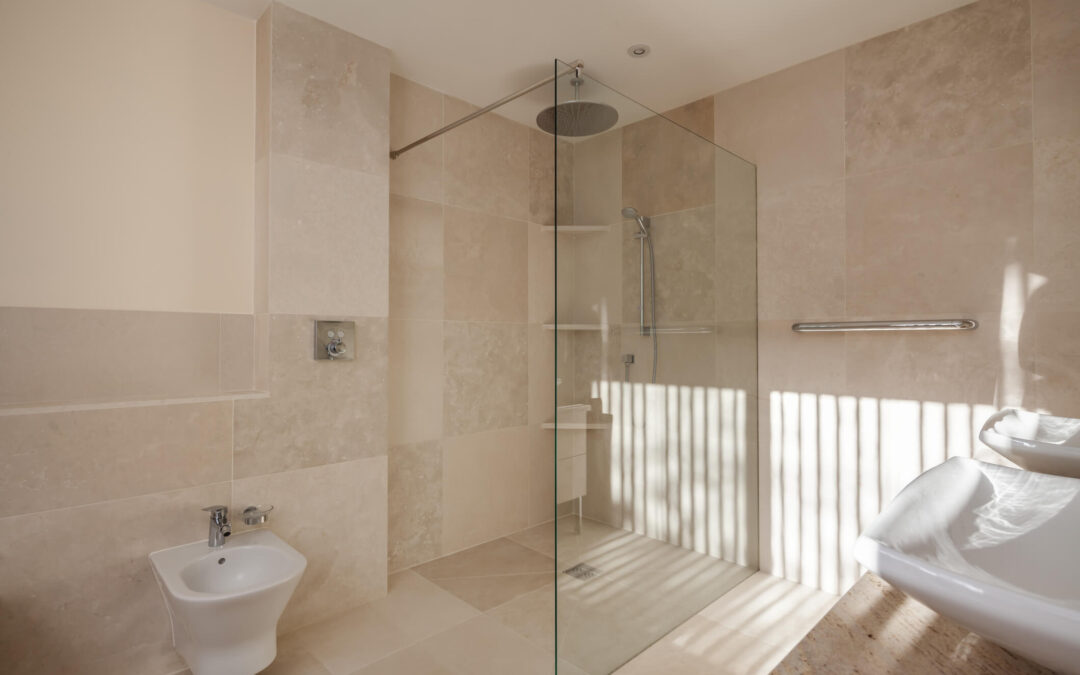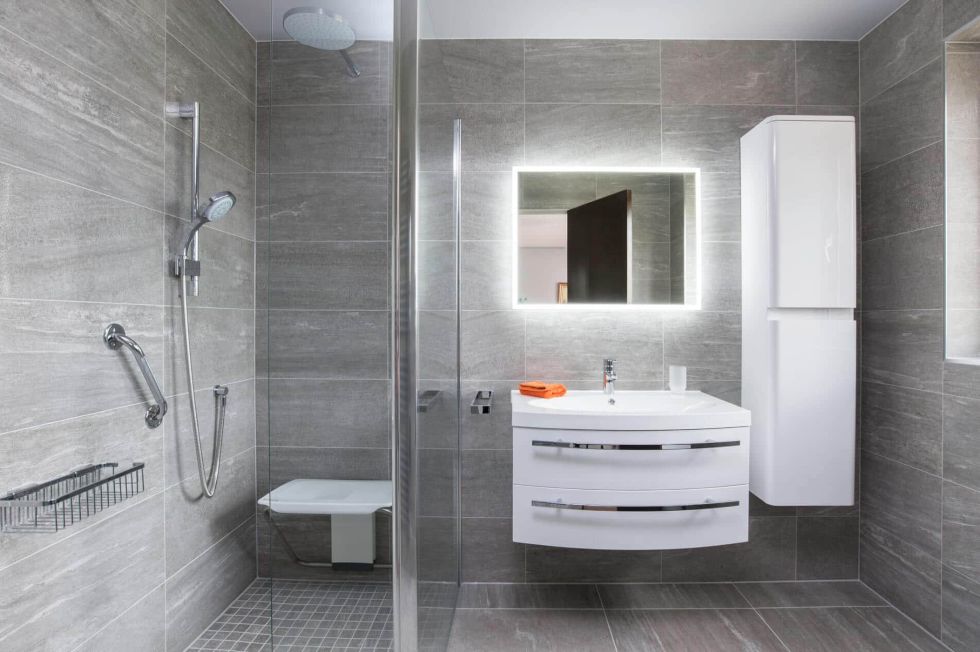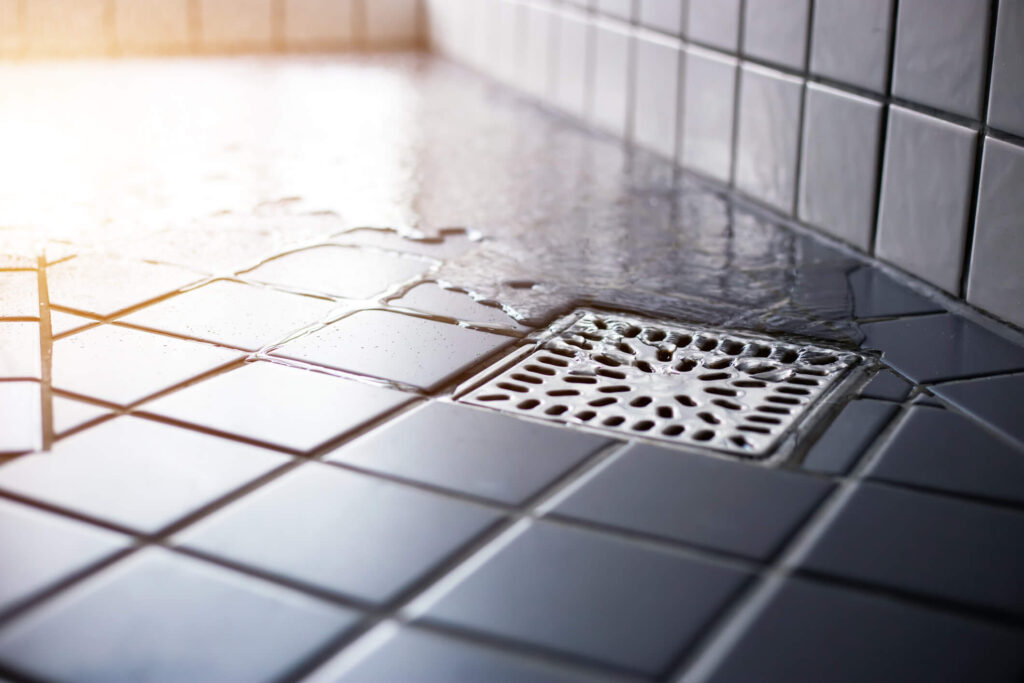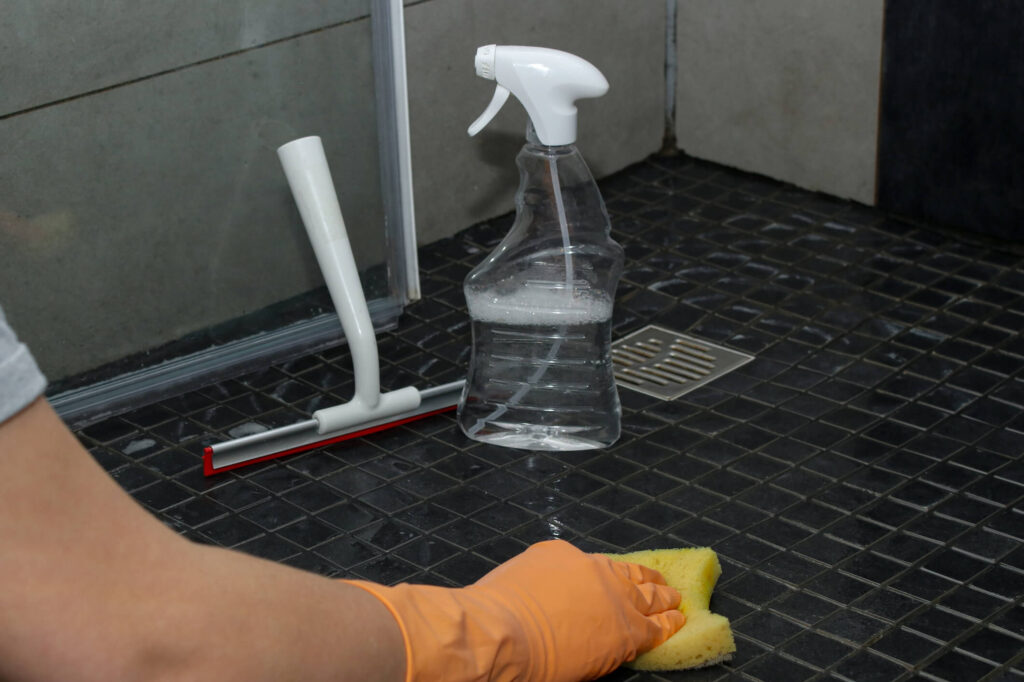Key Factors Influencing Walk-in Shower Costs in 2025
From brushing our teeth in the morning to washing away the day in the evening, most of us spend a fair bit of time in the bathroom. Modernising and renovating this space in your home means choosing a design you love and looking to the future to make sure you install something that will make bathing easier and more enjoyable for years to come.
A walk-in shower is one of the most popular bathroom upgrades for people seeking modern design, improved accessibility, and easy maintenance. But what influences the cost of walk in shower installation?
This guide breaks down the main walk in shower cost components you’ll need to factor into your budget, compares walk-in showers to traditional showers, and offers all the advice you need to plan your bathroom renovation project.
How much does a walk in shower cost?
Many factors will have an impact on the total cost of your walk-in shower. These include the materials you choose, the complexity of the installation, and whether you want to add any custom features.
Working with a specialist like BMAS means you can opt for a walk-in shower package. This means the cost of walk in shower installation will be upfront and clear, covering the removal, design work, labour, installation, and the shower itself. Booking a bathroom mobility consultation is the first step to creating a safer and more accessible bathroom.
If you’d prefer to buy things separately, here’s what will influence the overall price that you pay:
Cost of the walk-in shower unit itself
Prefabricated vs Bespoke
Walk-in showers are available as ready-made kits or as fully custom, bespoke designs.
Prefabricated units are usually more affordable and quicker to install, as they come with pre-sized trays, screens and fittings.
If you’re looking for something unique, bespoke showers can be tailored to your exact specifications, offering greater flexibility in terms of size, shape, and finish. Just bear in mind that this customisation comes with a higher price tag due to increased material and labour costs.
Design features
The aesthetic and functional features you choose can have a big impact on the overall cost. Frameless glass screens, digital controls, premium tiling, and designer fixtures will all add to the expense. Even small details like the type of door (hinged, sliding, or doorless) or the finish on hardware (chrome, brushed nickel, matte black) can influence the final bill.
Accessibility upgrades
If you’re prioritising accessibility, features such as built-in seating, grab bars, non-slip flooring and wider entrances are essential. These upgrades not only enhance safety and comfort, but they also require additional materials and installation expertise.
Wet-room style showers, which remove the need for a tray and offer a completely level entry, are a popular choice for accessibility, but they do require more complex waterproofing and drainage solutions.
Type of Shower System
The shower system you select – whether electric, mixer, power, or digital – will affect the initial outlay and long-term running costs.
Electric showers heat water on demand and are often chosen for their efficiency, while mixer showers blend hot and cold water from your home’s water supply.
Power showers boost water pressure, which is great for homes with low water pressure, but they do often require extra plumbing work. Digital or smart showers offer advanced options like programmable settings, temperature memory, or even voice control, but these high-tech features come at a premium.
Luxury add-ons
Additional luxury features like body jets, rainfall showerheads, steam functions, and mood lighting can really transform your walk-in shower into a spa-like retreat. But although these upgrades will enhance your bathing experience, they will also increase the upfront and ongoing costs.
Labour and installation
Professional installation is a major part of the overall cost of installing a walk-in shower. A typical installation will involve removing old fixtures, adjusting the existing plumbing and electrical systems, waterproofing the area, and fitting the new shower unit and any accessories you’ve chosen.
The complexity of the job will escalate labour costs, especially if multiple trades are required. If the plumbing needs to be adjusted, the floors are uneven, or you want to integrate your walk-in shower into a wet room, this will increase installation costs for your project.
Structural changes are another thing to consider. Converting a bathtub into a walk-in shower or enlarging the shower area typically involves structural modifications, such as moving walls, reinforcing the floor, or upgrading drainage. And as well as increasing the overall labour time, you’ll need to find out whether these changes will require building control approval and inspections. If they do, this will add to the total project timeline and final cost.
Customisation and accessibility features
As part of your walk in shower installation cost, you’ll need to factor in the price of new tiles, storage solutions, mirrors, and lighting. But luxury choices often require skilled craftsmanship and premium materials.
Accessibility features are invaluable for safety and independence, but they will also add to the budget. For example, installing a linear drain system, anti-slip coatings, or enhanced ventilation will require specialist knowledge and materials.
Walk-in showers vs standard showers
If you’re considering a bathroom renovation, it may be helpful to consider some of the differences between walk-in showers and traditional shower enclosures or bath-shower combinations.
Here are some of the main benefits that come with installing a walk-in shower:
Improved accessibility
Walk-in showers offer level or low-level threshold entry, making them ideal for people with mobility challenges, older adults, and families planning for the future. The absence of a high step reduces the risk of trips and falls, and the option to include seating and handrails enhances safety.
Space efficiency
Walk-in showers generally have a smaller footprint than baths, so they’re a smart choice if you have a compact bathroom. Their minimalist design can make even the smallest bathrooms feel more open and airy.
Aesthetic appeal
With sleek lines, frameless glass, and a wide range of finishes, walk-in showers contribute to a modern, luxurious bathroom aesthetic. This can be a real selling point if you’re considering putting your home up for sale in the near future.
Easier to clean
Walk-in showers are generally easier to keep clean than traditional showers or baths, since they have fewer seams and less exposed grout. This can save time and effort in the long run.
Planning your budget
Effective budgeting is essential for a successful walk-in shower project. Shopping around is important and an excellent way to make savings. If you’re concerned about costs and your finances, remember there are solutions to make things more affordable.
Here are some practical tips to help you manage the costs:
- Obtain multiple quotes. Ask for detailed estimates from at least three reputable contractors. Remember to compare not just the bottom line, but also exactly what’s included, such as the removal of old fixtures, plumbing, waterproofing, and the finishing touches.
- Clarify inclusions. Ensure your preferred quote covers all aspects of the project, from structural work and permits to disposal of old materials.
- Prioritise needs vs wants. Decide which features are essential for your lifestyle and which are nice-to-have luxuries. This step will help you plan your budget more effectively.
- Consider long-term value. Investing in high-quality materials and professional installation can yield benefits in durability, ease of use, and potential home value.
- Explore financial support. If your project is driven by accessibility needs, consider exploring the Disabled Facilities Grant or other government support that may be available. The Disabled Facilities Grant covers things like the cost of widening doors, installing grab rails, and improving facilities, like adding a level access shower. The amount you could receive depends on your location, income, and savings. You can check the eligibility details online and apply through your local council. BMAS does not offer any disability grants or financing.
- VAT relief. If your mobility is affected by chronic illness or a disability, you may be entitled to VAT relief.
Plan Your Walk-In Shower
If you need help planning your walk-in shower installation, the BMAS team is happy to help. We can manage the entire project from design to completion. And we promise to always adhere to the highest standards and safety regulations. Contact us today to learn more about our walk-in showers, walk-in baths, and wet rooms.




